Using this button on your washing machine will cut your bills and help the planet
A single switch can make a load of difference


Most of us like to get laundry done as quickly and as cheaply as possible, shoving everything in on the quick cycle and calling it a day.
However, there is one setting many of us are overlooking – the eco cycle.
Largely misunderstood as better for the planet but not for our wallets, the eco cycle could be the very thing you need to save money on laundry without adding too much extra time to your laundry routine. Here’s why we are embracing the switch.
Why you should use the Eco setting on your washer
With so many washing machine settings to choose from, it is no wonder that so many of us stick with the quick cycle as a laundry hack to save time.
A 2017 study into the energy efficiency of laundry cycles, however, concluded that ‘Reducing water temperatures in the wash phase of a washing program and increasing the over-all cycle durations are the latest trends in decreasing energy consumption of washing programs,’ but stressed that ‘consumers are [...] reluctant to use long program cycles since they do not believe that the long cycles could be energy-saving.’

So how does a longer wash equal less spent? It comes down to washing clothes in cold water.
Another study by the University of Leeds in association with laundry specialists Procter & Gamble found that ‘Washing clothing at 30 °C [85°F] rather than 40 °C [104°F] saves approximately 40% of the energy used per load, and washing at 20 °C [68°F] instead of 40 °C [104°F] saves approximately 66% of the energy used per load, hence the findings herein have significance in terms of potential energy savings and associated carbon emissions.’
Luckily, many modern detergents are formulated specifically to be effective in colder water, helping to kill odor-causing bacteria and remove stains without the need to boil your laundry. It not only helps to cut energy bills when doing laundry but extends the lifespan of your clothes, as the fibers are not worn down as quickly.
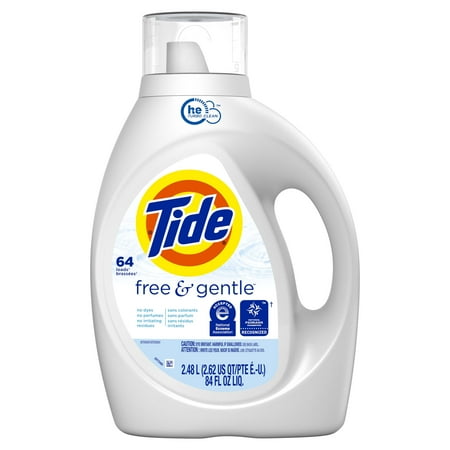
Tide's Free & Gentle contains no artificial dyes or fragrances and is formulated to work qt lower wash temperatures, helping to clean clothes without damaging your health.
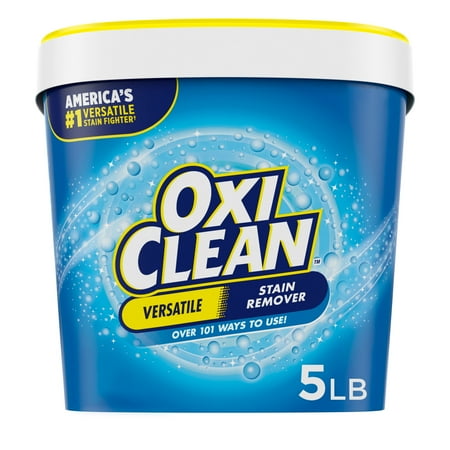
Perfect for pre-treating stains, Oxiclean can also be added to your washing machine for an extra stain-fighting boost during the cycle.
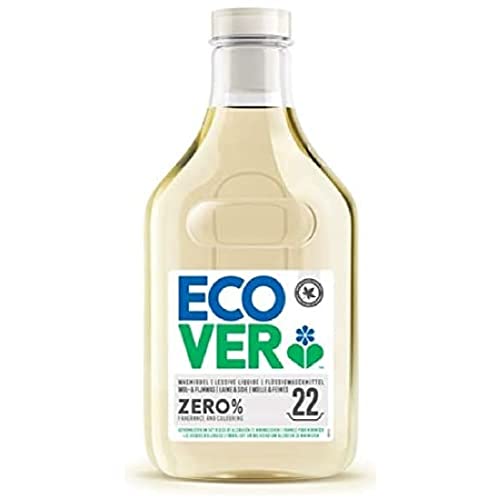
Ecover is a completely dye-and-fragrance-free detergent that I use weekly with a cool laundry cycle. My clothes come out perfectly clean every time, and they don't set off my skin conditions.
Punteha van Terheyden, head of Solved, has pushed her appliance to the limit by doing heaps of laundry for her and her family.
She shares, ‘I have never seen any difference between the results of the eco-wash setting, and the longer cotton or mixed material washes on my machine – other than the cost!
‘If I use my combined washer-dryer's auto wash function, it's a two to three-hour cycle and my clothes come out damp. If I use the eco wash, and add a 30-minute dry, that's around two hours. Running on eco gets it just as clean and dry, with half the expenditure.’
Punteha also runs her washer overnight when her energy tariffs are cheaper so if you have a delay or schedule function on your washer, use it.
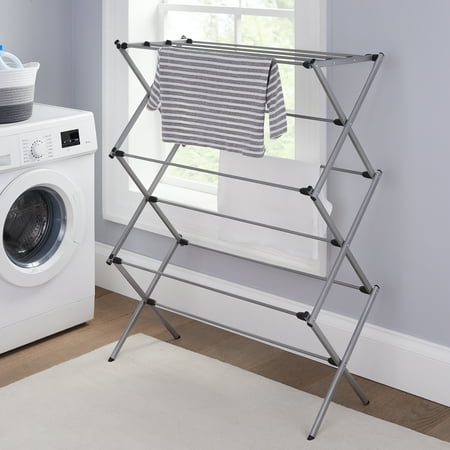
For extra energy saving, why not swap to a drying rack from your tumble dryer, reaping the benefits of air-drying laundry while saving money.
This is not to say that the quick cycle is inefficient in any way, it can still help you save energy when doing laundry when used correctly. According to Hotpoint, to reap all the benefits of your best washing machine, it is generally recommended to use the eco-cycle whenever you have a full laundry load that fills the drum (don’t overload the drum to avoid a common washing machine mistake). The quick wash cycle can then be reserved for smaller washes of a few items that you can’t wash by hand.
When relying on a quick wash, it is worth noting that you may need to follow the golden rules of stain removal a little more closely, as shorter wash times make it harder for your laundry detergent to break down stains. As I almost always use the 30-minute cool wash setting on my washing machine, I usually always set a stain to soak in warm water and either a drop of detergent or a scoop of oxygen bleach, such as OxiClean from Walmart, to help lift the mark as soon as I spot it, ensuring my laundry comes out clean every time.
Now you have switched your cycles, learn about some other bad laundry habits ruining your items to ensure you don’t end up with misshapen sweaters, bleached shirts, or holey socks.
Sign up to the Homes & Gardens newsletter
Design expertise in your inbox – from inspiring decorating ideas and beautiful celebrity homes to practical gardening advice and shopping round-ups.

Chiana has been at Homes & Gardens for two years and is our resident 'queen' of non-toxic living. She spends most of her time producing content for the Solved section of the website, helping readers get the most out of their homes through clever decluttering, cleaning, and tidying tips. She was named one of Fixr's top home improvement journalists in 2024.
-
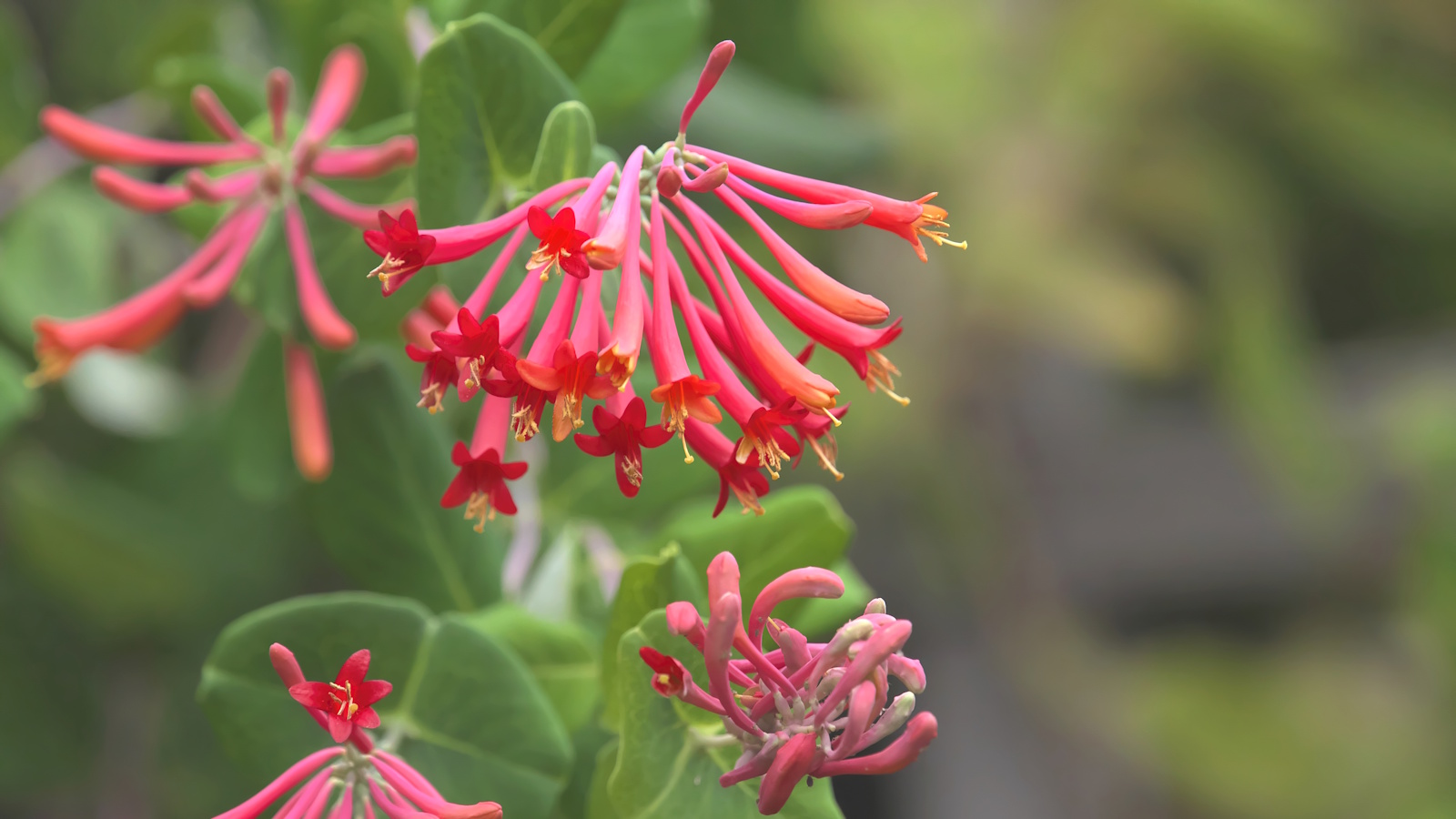 Best climbers to attract hummingbirds – 5 nectar-rich vines with vibrant, colorful flowers to fill pots and borders
Best climbers to attract hummingbirds – 5 nectar-rich vines with vibrant, colorful flowers to fill pots and bordersHummingbirds, butterflies and bees will not be able to stay away from these easy-to-grow flowering climbers
-
 The elegant suit color trend Lupita Nyong'o wore to the Met Gala will be in every home in 2025, say designers
The elegant suit color trend Lupita Nyong'o wore to the Met Gala will be in every home in 2025, say designersIntroduce this delicately balanced blue-green color that is at once calming and uplifting
-
 How to make folding laundry easier – 5 tricks from timing to tactics to help you work smarter, not harder
How to make folding laundry easier – 5 tricks from timing to tactics to help you work smarter, not harderTake the stress out of your laundry folding by mastering these tips
-
 Do tennis balls work just as well as dryer balls? Our laundry experts separate fact from fiction
Do tennis balls work just as well as dryer balls? Our laundry experts separate fact from fictionDon't risk introducing toxins into your laundry routine, experts urge
-
 How to dry a duvet without a dryer – to reduce energy costs, protect your appliance, and save money at home
How to dry a duvet without a dryer – to reduce energy costs, protect your appliance, and save money at homeYou don't need a tumble dryer for fresh and fluffy bedding, laundry experts assure
-
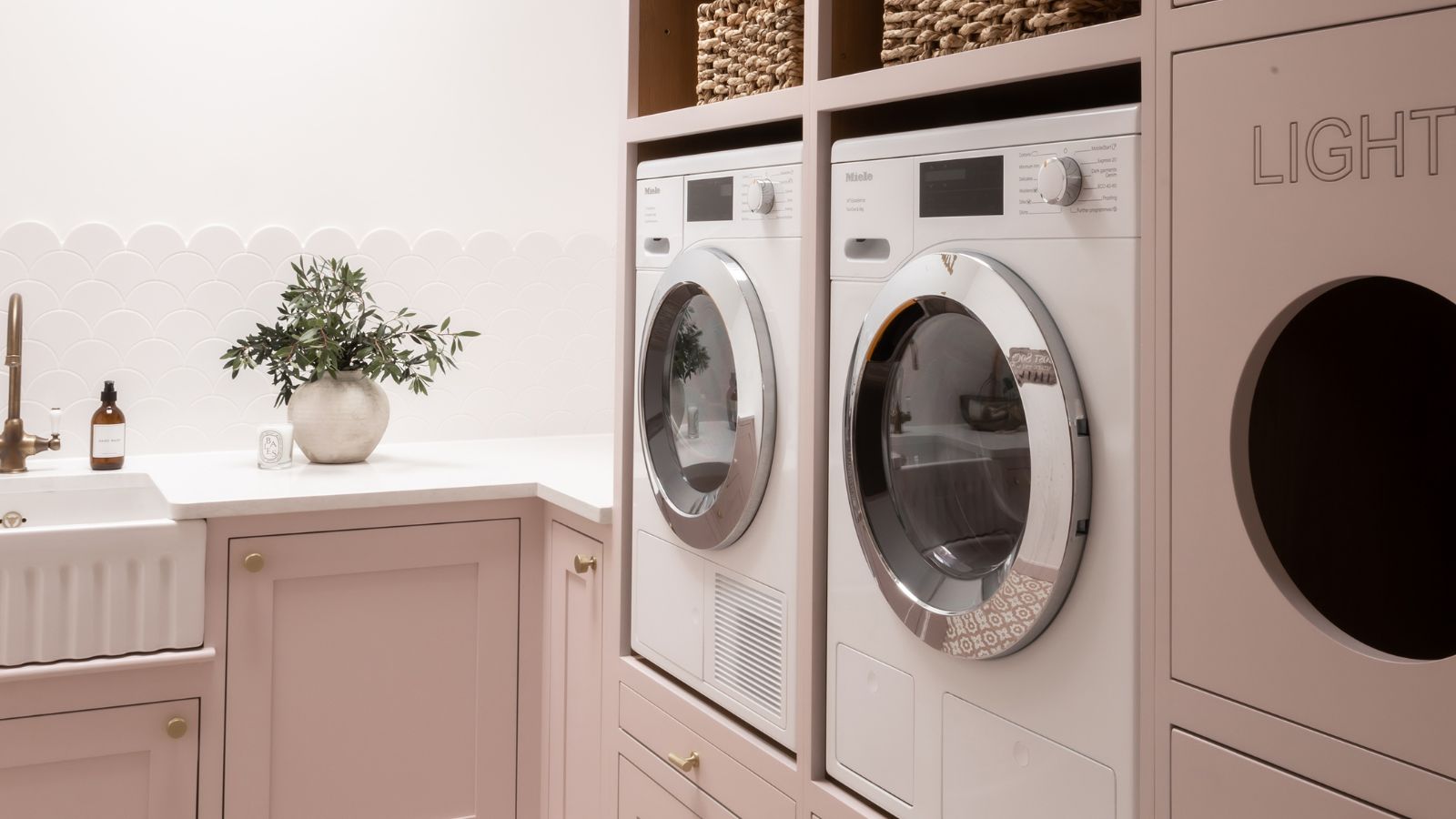 My cheap dehumidifier makes easy work of air drying laundry indoors despite the humidity of spring showers – get yours on sale for just $49 now
My cheap dehumidifier makes easy work of air drying laundry indoors despite the humidity of spring showers – get yours on sale for just $49 nowIt's useful for lots of things around my home
-
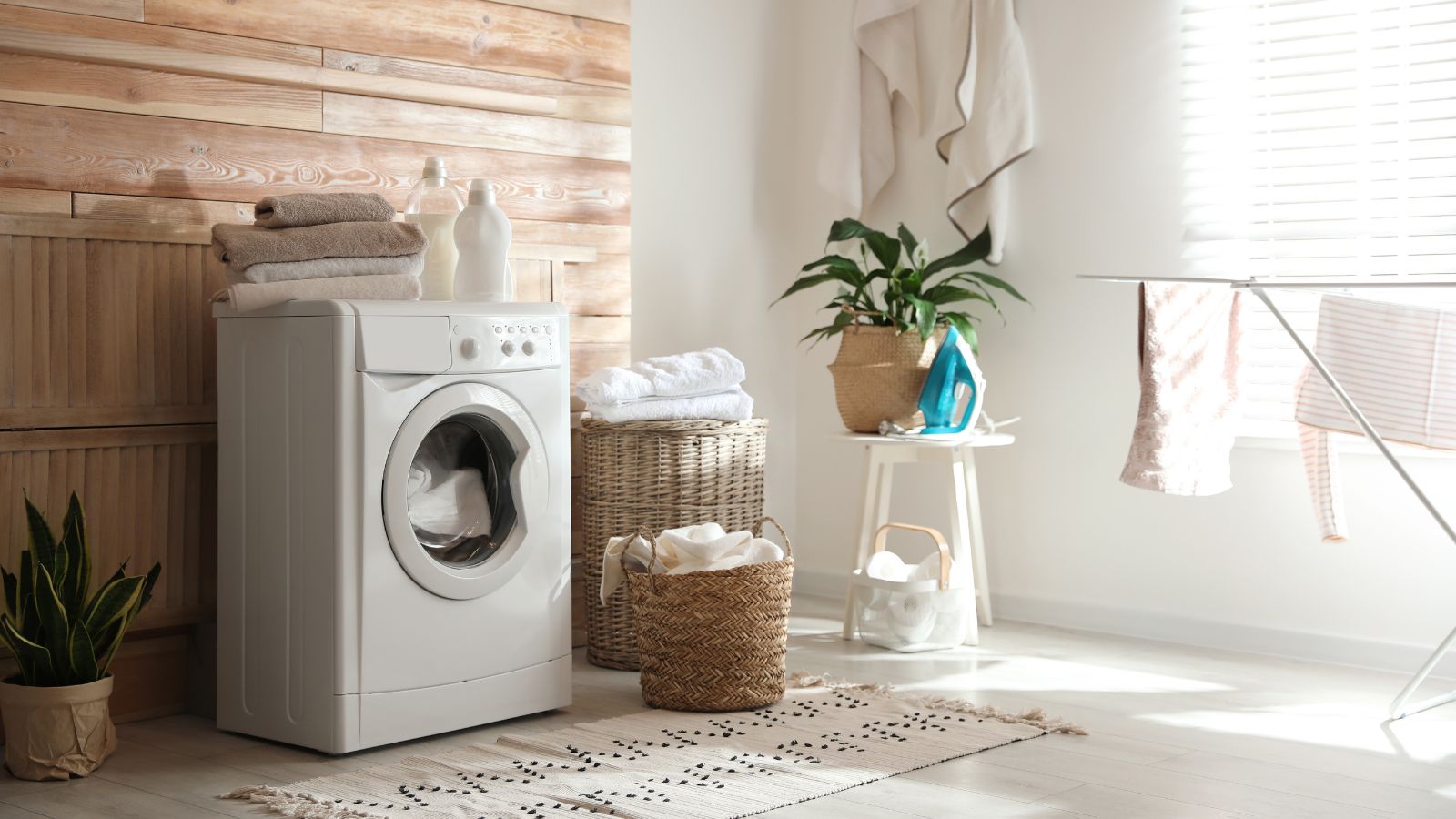 Looking for a natural laundry-softening alternative? I'm a professional cleaner and it's time to ditch synthetic ones for 5 non-toxic softeners that work
Looking for a natural laundry-softening alternative? I'm a professional cleaner and it's time to ditch synthetic ones for 5 non-toxic softeners that workRefresh your laundry routine with these fabric softener alternatives
-
 Unlock the magical mold-killing and stain-busting superpower of this humble household ingredient that costs just 50 cents
Unlock the magical mold-killing and stain-busting superpower of this humble household ingredient that costs just 50 centsIf you have aspirin in the house, you can use it to banish mold
-
 5 warning signs you're using the wrong amount of detergent – avoid greasy residue, stiff fabrics and skin issues with these simple cleaner-approved tips
5 warning signs you're using the wrong amount of detergent – avoid greasy residue, stiff fabrics and skin issues with these simple cleaner-approved tipsPlus, why it's important to get the amount just right
-
 Laundry experts reveal 7 unexpected washing rules you can throw out the window – from separating fabrics to mixing whites and colors
Laundry experts reveal 7 unexpected washing rules you can throw out the window – from separating fabrics to mixing whites and colorsForget everything you thought you knew